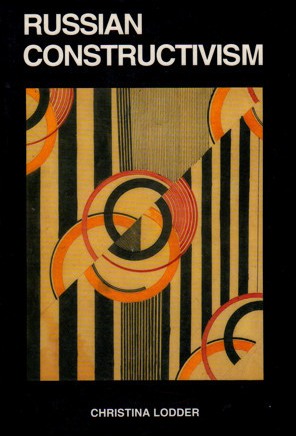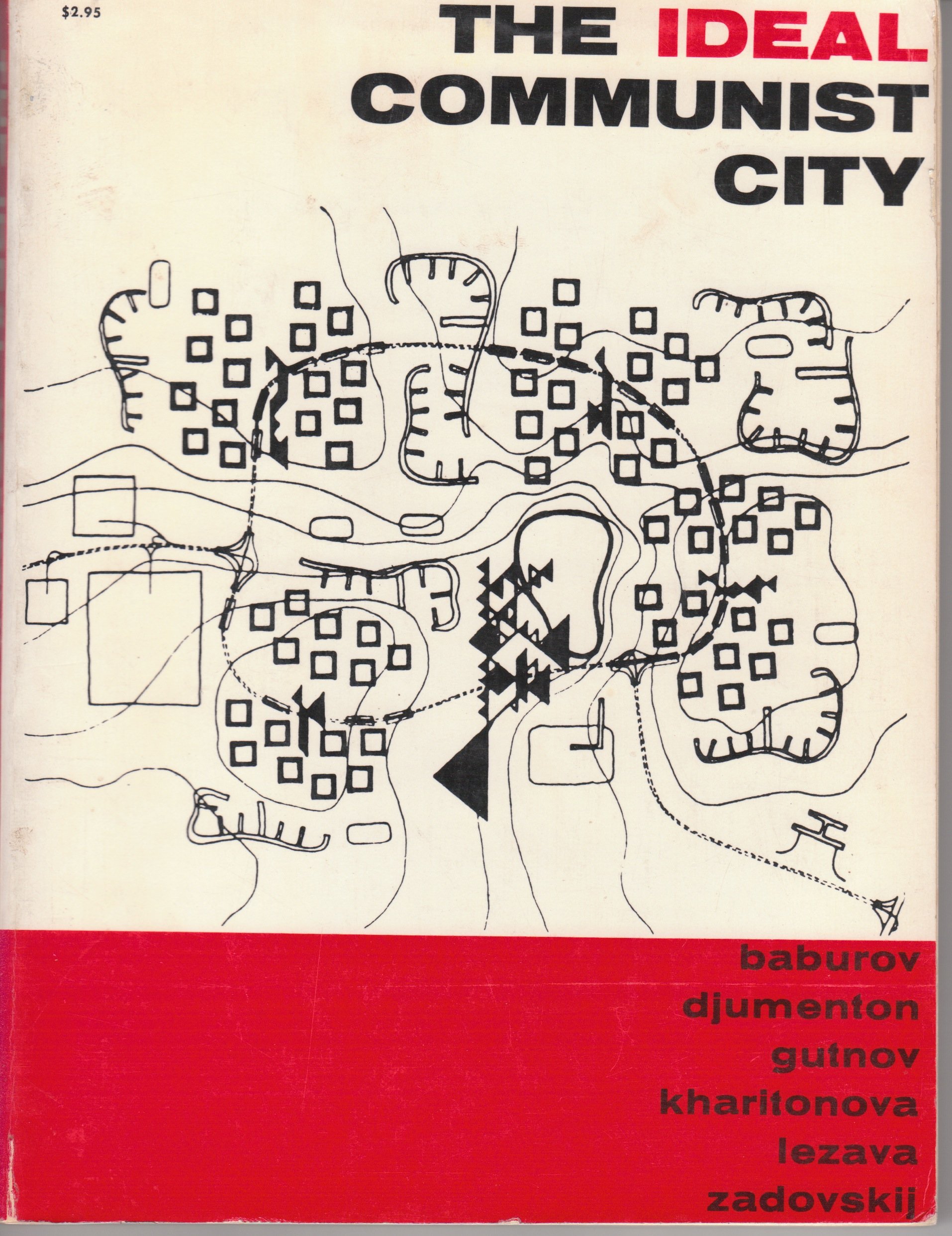Boris Arvatov: Art and Production (1926–) [Russian, English]
Filed under book | Tags: · art, capitalism, constructivism, everyday, production, productivism, proletariat, sculpture

“Boris Arvatov‘s Art and Production is a classic of the early Soviet avant-garde. Now nearing a century since its first publication, it is a crucial intervention for those seeking to understand the social dynamic of art and revolution during the period.
Derived from the internal struggles of Soviet Constructivism, as it confronted the massive problems of cultural transformation after ‘War Communism’, Arvatov’s writing is a major force in the split that occurred in the revolutionary horizons of Constructivism in the early 1920s. Critical of early Constructivism’s social-aesthetic process of art’s transformation of daily life – epitomised in studio-based painting, photography and object making – Arvatov polemicises for the devolution of artistic skills directly into the relations of production and the factory.
Whilst acknowledging the problems of a pure factory-based Productivism, Arvatov remains overwhelmingly committed to a new role and function for art outside the conventional studio and traditional gallery. Addressing issues such as artistic labour and productive labour, the artist as technician, art and multidisciplinarity and a life for art beyond ‘art’ – finding new relevance amidst the extensive social turn of contemporary participatory art – Art and Production offers a timely and compelling manifesto.”
Publisher Proletkult, Moscow, 1926
132 pages
English edition
Edited by John Roberts and Alexei Penzin
Introduction by John Roberts
Afterword by Alexei Penzin
Translated by Shushan Avagyan
Publisher Pluto Press, London, 2017
ISBN 9780745337364, 0745337368
160 pages
Reviews: Celluloid Liberation Front (Brooklyn Rail, 2017), Noel Halifax (Socialist Review, 2018).
Iskusstvo i proizvodstvo (Russian, 1926, 45 MB)
Art and Production (English, 2017, EPUB; PDF, added 2020-8-6)
Christina Lodder: Russian Constructivism (1983)
Filed under book | Tags: · art history, avant-garde, constructivism, productivism, revolution, russia

“One of the most exciting movements in 20th century art, Russian constructivism radically reassessed the role of the artist and his work. Here, Lodder provides a detailed account of this complex movement and the reverberations it had on culture.”
Publisher Yale University Press, 1983
ISBN 0300027273, 9780300027273
viii+328 pages
Reviews: John E. Bowlt (New York Review of Books, 1984), John Willet (London Review of Books, 1984), Kirill Sokolov (Leonardo, 1984), John Pearson (Slavic Review, 1984), Paul Wood (Art History, 1985), Myroslava M. Mudrak (Art Bulletin, 1987).
Comment (0)Alexei Gutnov, et al: The Ideal Communist City (1966–) [RU, EN]
Filed under book | Tags: · architecture, city, communism, constructivism, marxism, urban planning, urbanism

“The Soviet group of architects New Element of Settlement (NER) was invited to the 1968 Milan Triennale by Giancarlo De Carlo, following the publication of their influential book NER, On the Way to a New City (1966). They were asked to present their plans for an ideal communist city in the section devoted to “transformations of the physical environment.” Their installation was one of the few in the exhibition that provided a critical response to the culture of consumerism, in tune with ongoing student revolts.
The concept of NER was first developed in 1957 as a diploma project by graduates of the Moscow Institute of Architecture (MArkhI). As students, NER members studied the elements of the city, its quantitative and qualitative characteristics, eventually dismissing traditional planning principles in favor of a new approach to urban development as a dynamic process. Drawing on Marxism, they sought to provide a spatial agenda for the communist ideology, representing the younger generation of thinkers in the radical split of the Soviet architectural profession following de-Stalinization. They actively criticized the state of Soviet urban planning, arguing that “today, the city is not fulfilling its primary purpose to be an organic living environment.”
In late 1968, De Carlo wrote an introduction for NER’s influential publication, The Ideal Communist City. In their radical proposal, NER attempted to provide a spatial agenda for Marxism, drawing both from the Communist Manifesto and the Constructivist avant-garde of the 1920s. NER’s new city was based on creative communication in a classless society, in which the city was no longer dependent on its industrial center but instead formed around a center of communication, independent from the economic characteristics of the city. The major shift brought in by this new urban wave—later implemented by one of its members, Alexei Gutnov, within the curriculum of MArkhI—was to see the city as a living organism, in which cells would be born and eventually die. This led to a change in the status of architectural form: it was conceived as temporary and mobile—its birth implied the process of its imminent destruction. This approach anticipated the later understanding of architecture as an activity or as environment—form was no longer relevant because it hindered the organic processes within the dying city. The system emphasized the correspondence between urban structures and social relationships in communism, based on the reading of the urban plan as “simultaneously a symbol of the idea and a program for its realization.”” (Masha Panteleyeva, Radical Pedagogies)
English edition
By Alexei Gutnov, A. Baburov, G. Djumenton, S. Kharitonova, I. Lezava, S. Sadovskij, of Moscow University
Translated by Renee Neu Watkins
Preface by Giancarlo de Carlo
Publisher George Braziller, New York, [1971]
i Press Series on the Human Environment
ISBN 080760576X 9780807605769
166 pages
via Outlaw Urbanist
Reviews: Kenneth Frampton (Architectural Forum, 1972), Outlaw Urbanist (2016).
Commentary: Alicia Kurimska (Center for Opportunity Urbanism, 2015).
Novyy element rasseleniya: na puti k novomu gorodu (Новый элемент расселения: на пути к новому городу, Russian, 1966, 22 MB, via)
The Ideal Communist City (English, trans. Renee Neu Watkins, [1971], 4 MB)

